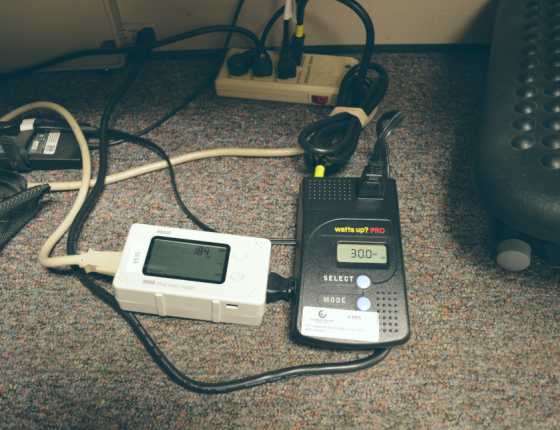Overview
This project’s goal is to establish the energy savings of new Tier 2 advanced power strips to encourage adoption in commercial buildings. Plug load energy use is the fastest growing end use for commercial buildings in the U.S., growing by about 3% annually. The increase in plug load energy use stands in contrast to decreases in other end uses, such as cooling and lighting. Our team recently completed a CARD-funded research project; Commercial Building Plug Load Energy Reduction Strategies, that demonstrated 20% to 30% savings in office plug loads. A new product has entered the market with claims of even larger savings. This project will supplement the original study by adding these Tier 2 power strips. We will conduct a targeted field study to measure the potential of this new strategy, and to supplement the previous study, we will use the same methods of measuring workstation and device-level electrical use, in addition to characterizing the sites so the results can be extrapolated to a wide variety of office types.
Project Process
This short duration study will examine a targeted set of issues and strategies focused on office workstation loads, including PCs, monitors, task lighting, and personal printers. We will perform detailed monitoring in three office areas over the course of six months, use a pre-test/post-test experimental design to determine energy savings from the technology (document installation practices), and survey both users and IT management about their experiences with the technology. As in the previous study, field measurements will be used to collect baseline data and plug load control strategies will be implemented with the energy savings measured (key considerations will be cost-effectiveness and accuracy). In addition to the full final report and webinar, we will mine the data analysis for key program and policy conclusions to create a factsheet for CIP personnel, IT staff, and building owners. This brief will also include key results and conclusions from the occupant and IT staff survey, and will help occupants and IT staff understand how to effectively use APS technology and overcome barriers and commonly encountered problems.
Project Summary
Objective
To supplement our previous study of plug load energy reduction strategies with a new device that has the potential to increase savings.
Scope
Three offices will participate in a 6-month long plug-load reduction study.
Non-energy benefits
Researchers will provide design teams, owners, and financial decision-makers with economic and occupant acceptance analyses related to the plug load strategies.
Final Report
